Customized Workouts Designed For You
 You are a unique individual. You may look like your parents or even have an identical twin, but your bodies will be different unless you experience everything the same. If identical twins had different exercise habits, one working out regularly and the other barely getting out of the easy chair, their bodies would reflect that difference. That’s why customized workouts can be so beneficial. They focus on areas that need more help and match your fitness level.
You are a unique individual. You may look like your parents or even have an identical twin, but your bodies will be different unless you experience everything the same. If identical twins had different exercise habits, one working out regularly and the other barely getting out of the easy chair, their bodies would reflect that difference. That’s why customized workouts can be so beneficial. They focus on areas that need more help and match your fitness level.
If you’ve ever joined a class and felt bored or left behind, you understand.
There’s nothing wrong with joining exercise groups. At least you’re moving, but it’s easy to get discouraged. If the class is too difficult, it can be embarrassing, confusing, and defeating. If it’s too easy, you’re not making progress and most likely getting bored. Both can lead to quitting the classes. If you stick with it, you’ll be getting exercise but not necessarily maximizing your workout to get the most benefit from your time. A customized workout considers your fitness level.
Customized workouts address your goals.
If your goal is weight loss, your workout will contain high-calorie-burning exercises. They’ll focus on burning fat and building muscle tissue since the more muscle tissue you have, the more calories you burn. If it’s to increase your endurance so you don’t huff and puff climbing a flight of stairs, your customized workout will be different. Matching your workout to your goals is one reason to customize.
Customized workouts are constantly changing.
Personal trainers create customized workouts. They also track your progress and make adjustments as you continue. If the workout is accomplishing the goal and it becomes easier, that means you’ve reached a new fitness level. It’s also when the trainer modifies the workout to match that new fitness level. If you aren’t making the progress hoped for, the trainer also adjusts the workout to make it more effective.
- When you have a customized workout, you’ll progress faster. You won’t waste time doing exercises that don’t address your needs. Trainers who create these workouts also know the exercises that get the best results.
- Trainers identify weak muscle groups that cause smaller muscles to take over their tasks. That can lead to injuring those muscles. Customized workouts are also tailored to limitations, like knee or back problems.
- The right type of workout can get better results in less time. Many customized workouts require less time spent in the gym. They are often complex exercises, HIIT workouts, or circuit training.
- Personal trainers create customized workouts and continually check on your progress. They hold you accountable. You’ll get positive feedback when you accomplish something difficult, too.
For more information, contact us today at Next Level Fitness

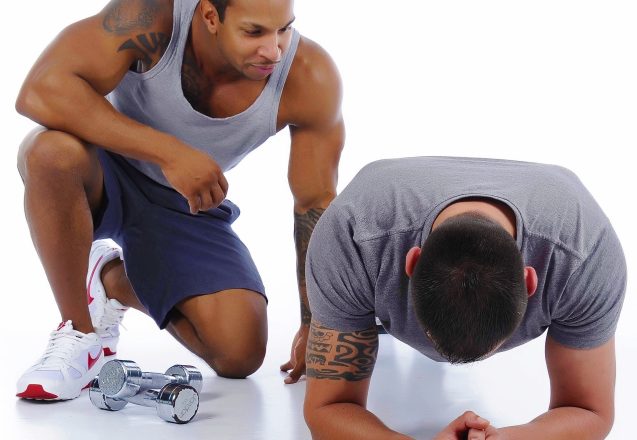

 Having goals helps give your life definition. They point you in a direction you want to go and help you avoid pitfalls you might otherwise have. Whether it’s a financial or fitness goal, it defines what you want so you can create directions on how to get there. Keeping a goal in front of you can provide inspiration, motivation, and constantly looking for ways to achieve that goal quicker.
Having goals helps give your life definition. They point you in a direction you want to go and help you avoid pitfalls you might otherwise have. Whether it’s a financial or fitness goal, it defines what you want so you can create directions on how to get there. Keeping a goal in front of you can provide inspiration, motivation, and constantly looking for ways to achieve that goal quicker.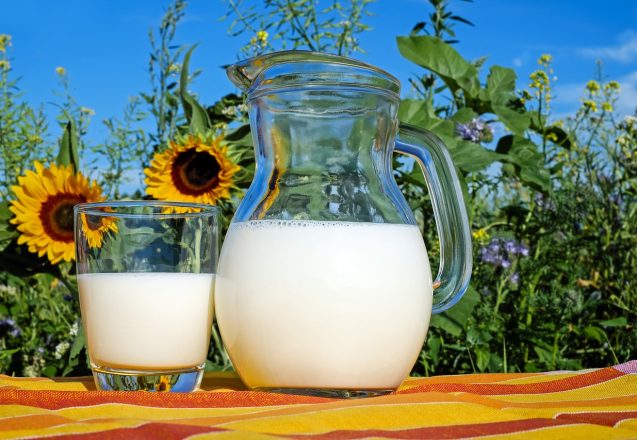
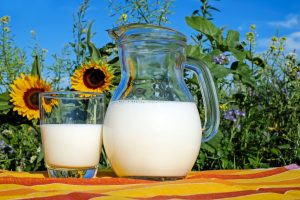 Many people in Irvine, CA, removed dairy from their diet. The reasons vary. For some people, the decision was easy. They either have a dairy allergy or are lactose intolerant. Others may notice they produce less phlegm or have clearer skin when they remove dairy. A small group of people are misinformed and believe dairy is unhealthy. Dairy, like gluten, negatively affects some people, but not all people. Just like going gluten-free, if you aren’t experiencing symptoms when consuming dairy, you may be doing yourself a disservice.
Many people in Irvine, CA, removed dairy from their diet. The reasons vary. For some people, the decision was easy. They either have a dairy allergy or are lactose intolerant. Others may notice they produce less phlegm or have clearer skin when they remove dairy. A small group of people are misinformed and believe dairy is unhealthy. Dairy, like gluten, negatively affects some people, but not all people. Just like going gluten-free, if you aren’t experiencing symptoms when consuming dairy, you may be doing yourself a disservice.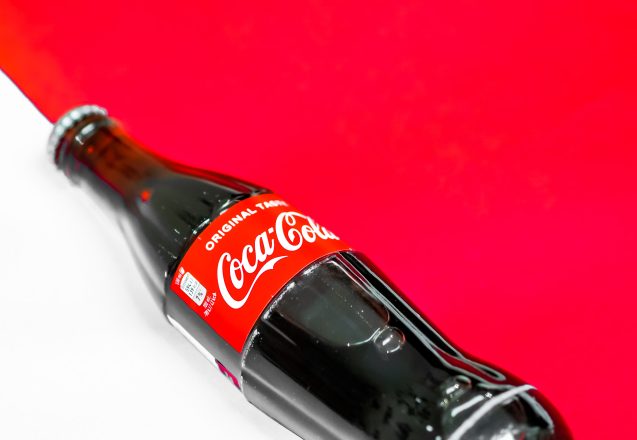
 Bulking up is part of bodybuilding. The three phases include bulking up, cutting, and maintenance. In the bulking phase, you consume more calories than you burn to increase muscle gain. It provides the extra energy to increase muscle size while strength training via eating more calories. The next phase is cutting. You cut the calorie allotment to eliminate excess fat gained during bulking. During that time, bodybuilders aim to maintain their muscles while shedding fat. Soda provides extra calories for the bulking phase, but it’s not necessarily the best source for those extra calories.
Bulking up is part of bodybuilding. The three phases include bulking up, cutting, and maintenance. In the bulking phase, you consume more calories than you burn to increase muscle gain. It provides the extra energy to increase muscle size while strength training via eating more calories. The next phase is cutting. You cut the calorie allotment to eliminate excess fat gained during bulking. During that time, bodybuilders aim to maintain their muscles while shedding fat. Soda provides extra calories for the bulking phase, but it’s not necessarily the best source for those extra calories.
 Whether you’re a stay-at-home mom or dad or just at home with kids occasionally, you don’t have to skip exercising. There are home workouts that address all types of fitness and for all parts of the body that don’t require special equipment. You can even break up the workout into several sessions and do them when you have a short break, including while the kids are napping. Do some with the kids to help them learn a healthier lifestyle.
Whether you’re a stay-at-home mom or dad or just at home with kids occasionally, you don’t have to skip exercising. There are home workouts that address all types of fitness and for all parts of the body that don’t require special equipment. You can even break up the workout into several sessions and do them when you have a short break, including while the kids are napping. Do some with the kids to help them learn a healthier lifestyle.
 People in Irvine, CA, who want a healthier diet focus on whole foods. Some eat a diet based on food consumed during the Paleolithic era, 2.6 million years to 12,000 years ago. It was during the hunter-gatherer period and before farming. Sometimes, this diet is called the caveman diet. It consists of natural food and doesn’t contain dairy, grain, salts, caffeine, alcohol, legumes or sugars. It focuses primarily on greens, fruits, nuts, roots, and wild game. Paleo supporters say it genetically matches man’s digestion and makes the body healthier.
People in Irvine, CA, who want a healthier diet focus on whole foods. Some eat a diet based on food consumed during the Paleolithic era, 2.6 million years to 12,000 years ago. It was during the hunter-gatherer period and before farming. Sometimes, this diet is called the caveman diet. It consists of natural food and doesn’t contain dairy, grain, salts, caffeine, alcohol, legumes or sugars. It focuses primarily on greens, fruits, nuts, roots, and wild game. Paleo supporters say it genetically matches man’s digestion and makes the body healthier.
 If you live in Irvine, CA, and want to get leaner and stronger, there’s nothing like a strength-building workout to do it. As you build muscle, you burn fat. Even if you don’t shed a pound, you’ll look thinner. Muscle tissue weighs more per cubic inch than fat tissue does, so a pound of fat requires a larger container. It’s like comparing a pound of feathers with a pound of steel. The container holding the feathers will be larger. As you gain muscle mass, even if you don’t lose weight, your body will look thinner, and you’ll wear a smaller size.
If you live in Irvine, CA, and want to get leaner and stronger, there’s nothing like a strength-building workout to do it. As you build muscle, you burn fat. Even if you don’t shed a pound, you’ll look thinner. Muscle tissue weighs more per cubic inch than fat tissue does, so a pound of fat requires a larger container. It’s like comparing a pound of feathers with a pound of steel. The container holding the feathers will be larger. As you gain muscle mass, even if you don’t lose weight, your body will look thinner, and you’ll wear a smaller size.
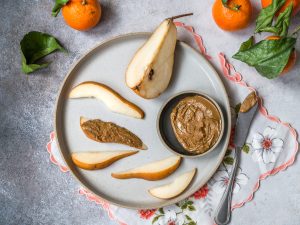 If you’ve ever had to cut your workout short because you simply didn’t have the energy to do one more repetition, you probably would benefit from a pre-workout snack. You can fuel your body before you workout to maximize the results. You’ll have more energy so you can accomplish more. You’ll also work more effectively. Fueling your body before the workout can improve recovery to help reduce the potential for a long recovery time. It’s especially important if your workout lasts longer than 60 minutes.
If you’ve ever had to cut your workout short because you simply didn’t have the energy to do one more repetition, you probably would benefit from a pre-workout snack. You can fuel your body before you workout to maximize the results. You’ll have more energy so you can accomplish more. You’ll also work more effectively. Fueling your body before the workout can improve recovery to help reduce the potential for a long recovery time. It’s especially important if your workout lasts longer than 60 minutes.

 Everyone has THAT friend who seems to eat everything they want and never gain a pound. There are many reasons for that. One of those is a high-functioning metabolism that burns more calories. If you’re tired of continuously cutting calories without seeing the results you want, it’s time to take a different approach to weight loss. You can jumpstart your metabolism to help you shed those extra pounds.
Everyone has THAT friend who seems to eat everything they want and never gain a pound. There are many reasons for that. One of those is a high-functioning metabolism that burns more calories. If you’re tired of continuously cutting calories without seeing the results you want, it’s time to take a different approach to weight loss. You can jumpstart your metabolism to help you shed those extra pounds.